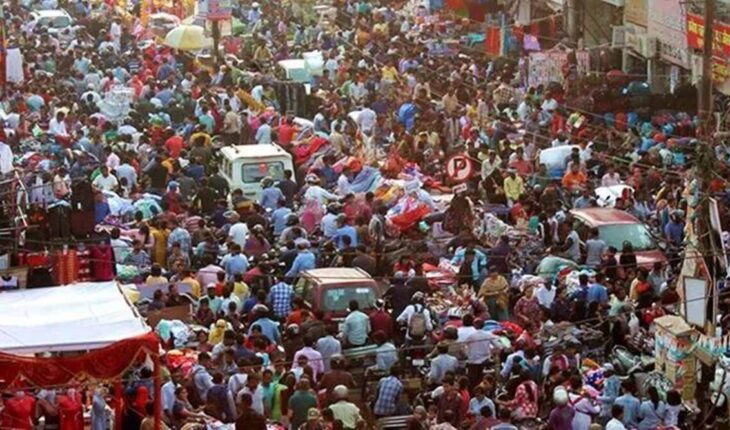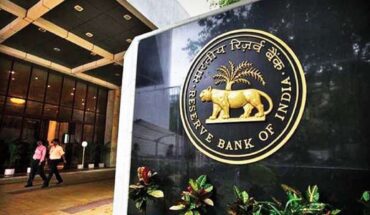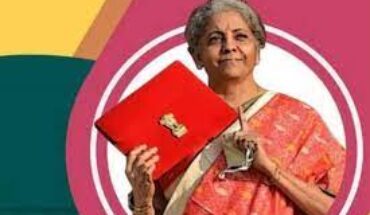
Surpassing China, India is now the most populous country in the world. United Nations Population Fund (UNFPA) released data in the ‘State of World Population Report, 2023’. As per demographic data, India’s population surpassed 1.428 billion while China stood at 1.425 billion. There is a difference of 2.9 million people between India and China. Half of the population is under the age of 30 in India. The country is set to be the world’s fastest-growing major economy in the coming years. The government of India will need to generate employment for millions of people due to the blasting population. India’s population is expected to touch 1.668 billion by 2050. While China’s population is expected to contract to about 1.317 billion.
Even as India and China will account for more than one-third of the estimated global population of 8.045 billion, the population growth in both Asian giants has been slowing, at a much faster pace in China than in India.
Last year, China’s population fell for the first time in six decades. Meanwhile, according to government data, India’s annual population growth has averaged 1.2 per cent since 2011, compared with 1.7 per cent in the 10 years previously.
The current population of India is 1,417,829,696 as of Wednesday, April 19, 2023, based on the World Meter elaboration of the latest United Nations data. India’s 2020 population is estimated at 1,380,004,385 people at mid-year according to UN data. India’s population is equivalent to 17.7% of the total world population. India ranks number 1 on the list of countries. The population density in India is 464 per Km2 (1,202 people per mi2). The total land area is 2,973,190 Km2 (1,147,955 sq. miles).35.0 % of the population is urban (483,098,640 people in 2020) and the median age in India is 28.4 years.
The world is rapidly ageing, but India is still young. In the next few decades, India will be a talent powerhouse and the largest contributor to the global workforce at 25 per cent of the total global workforce and contributing 15 per cent of the global gross domestic product by 2047. Population numbers should not trigger anxiety or create alarm. Instead, they should be seen as a symbol of progress, development, and aspirations if individual rights and choices are being upheld.
According to a CII report, if India’s demographic dividend is productively employed, growth prospects will brighten, helping it to jump its GDP from the current $3 trillion to $9 trillion by 2030 and $40 trillion by 2047. The report of The Confederation of Indian Industry (CII) warns, that If India does not create enough jobs and its workers are not adequately prepared for those jobs, its demographic dividend may turn into a liability. education and skill development will be the biggest stimulants for reaping this dividend. The United Nations Population Fund describes demographic dividend as the potential for substantial national economic payoff in a period in which the working-age population is healthy, educated and gainfully employed, with a low proportion of young dependents. India is said to have entered into 37 years, lasting from 2018 to 2055, due to a declining dependency ratio. The growth of the population and its effect on a nation’s growth constitute a two-way phenomenon. Population increases the growth and development of a nation through the supply of a workforce but at the same time, it also adds to the number of dependent individuals in the economy. India can reap the so-called ‘demographic dividend’ (an increase in the ratio of the population aged 15-64 years to that aged 0-15 years and above 65 years) till 2040, after which the population would start ageing. This benefit can materialise only if this huge potential of the working-age population is channelised in the right direction, that is if the labour force can be gainfully employed. The challenge is to transfer the surplus labour from agriculture to industry, increase employment opportunities, thereby increasing productivity in both sectors and also minimise the informal sector employment in order to maintain the quality of work in all sectors. This challenge itself represents a dual aspect because both sides, the supply of and the demand for labour, need to be focused upon. On the supply side, a huge skill gap has to be bridged while on the demand side, there is a need for skill matching and the creation of opportunities. If India does not create enough jobs and its workers are not adequately prepared for those jobs, its demographic dividend may turn into a liability. education and skill development will be the biggest stimulants for reaping this dividend.
To get the advantage of natural demographic transition the technical transition is a must otherwise we will lose the benefit of demographic transition. Against this background, we need to explore the realities and opportunities that the Indian economy has to combat today.
Dr.Harvinder Kaur, Associate Professor in Economics, Ambala, views are personal






